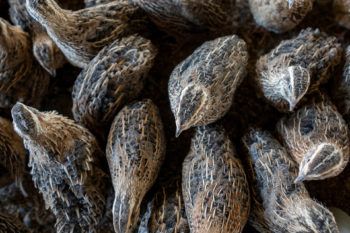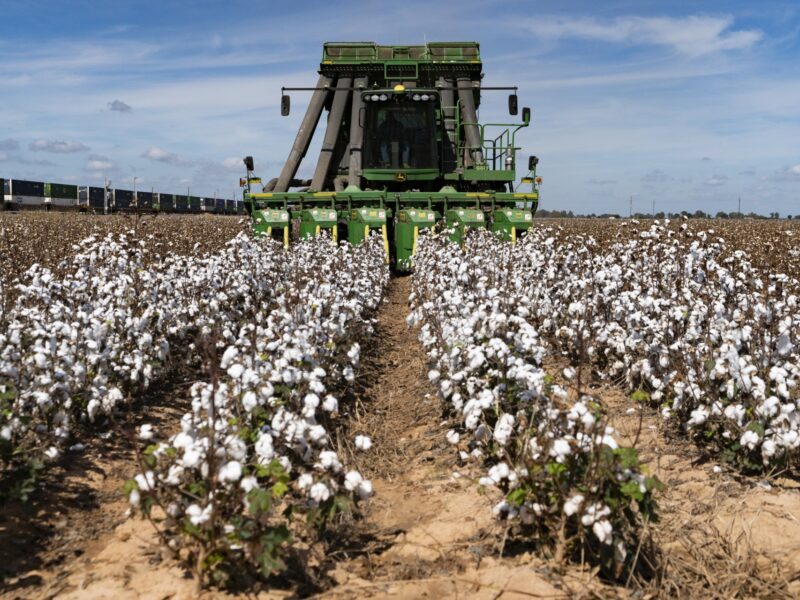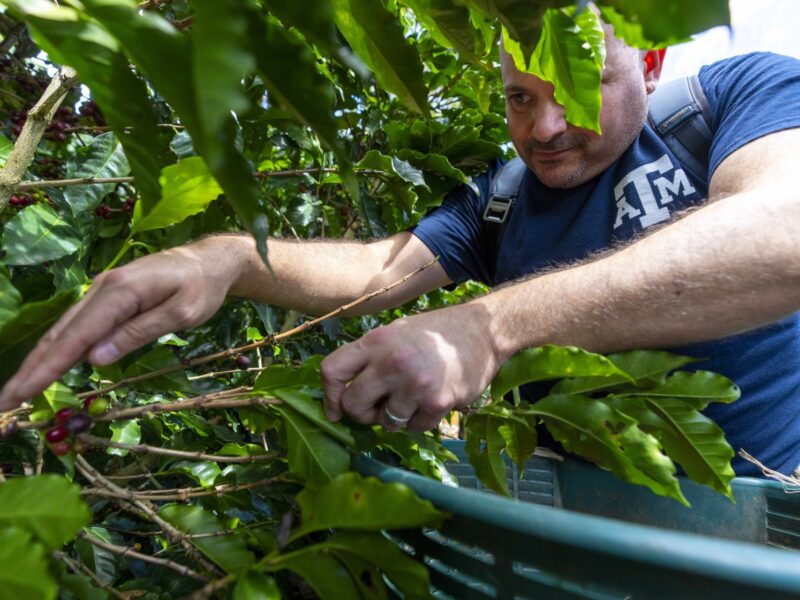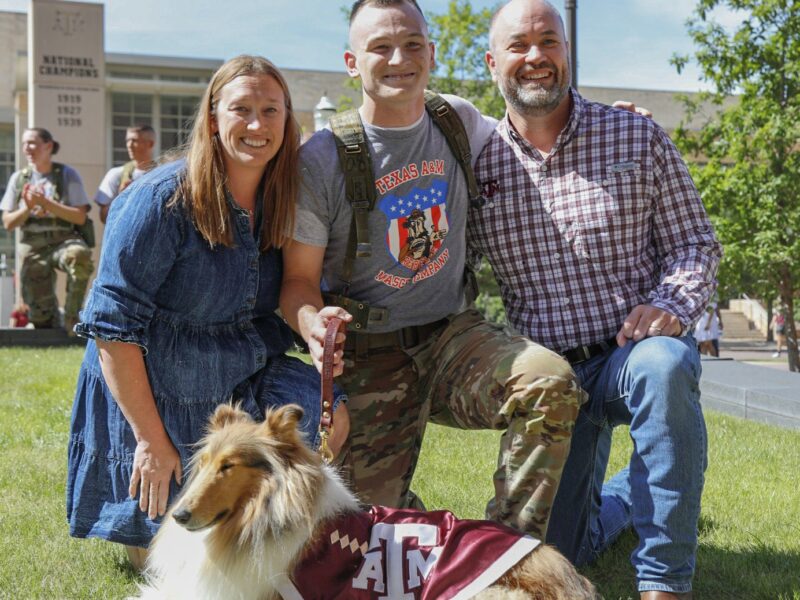Avian Influenza Reported In Texas, Monitoring Continues

State regulatory and animal health agencies have reported positive cases of a highly pathogenic avian influenza in Texas, according to a Texas A&M AgriLife Extension Service expert.
Now AgriLife Extension and faculty in the Department of Poultry Science at Texas A&M University are providing educational information for producers and the public regarding the positive cases and recommendations to mitigate commercial and backyard flock exposure to the disease.
The U.S. Department of Agriculture Animal and Plant Health Inspection Service (APHIS) and Texas Animal Health Commission (TAHC) confirmed the first case of highly pathogenic avian influenza, HPAI, in Texas on April 2.
Greg Archer, AgriLife Extension poultry specialist, said the first positive tests were from a game-bird operation in Erath County. Infections were found in pheasants produced for hunting. A mixed-bird flock at the location, including pheasants, quail and ducks were euthanized, but a 14-day quarantine period for a six-mile radius surrounding the isolated game ranch is underway.
APHIS and TAHC will continue to monitor birds, including backyard poultry flocks, within the perimeter during the quarantine. Any positive tests during that time will expand the quarantine perimeter and subsequently reactivate the 14-day quarantine period.
“They feel relatively confident this is an isolated incident because of the ranch’s location,” Archer said. “But we need people with backyard flocks to be especially diligent about reducing birds’ exposure to wild birds as the spring migration continues.”
Biosecurity, Monitoring Key To Mitigating Spread
Archer said the ongoing investigation has not determined how the avian flu pathogen was introduced to birds in this incident, but it is suspected to have been “tracked in” by people working in the facility, such as bird feces on the bottom of a boot.
This form of avian influenza has not “jumped” from birds to humans, Archer said.
“It is a disease that becomes very obvious in birds very quickly, and so we need people with birds to report incidents where they have a lot of birds getting sick or declining and dying very rapidly,” he said. “But we also want to reassure the public we are not seeing cases of human sickness related to this pathogen.”
Archer said commercial poultry producers are very well versed in biosecurity but should be extremely vigilant at this time. Texas’ backyard producers should also be practicing higher levels of biosecurity and limiting their flock’s exposure to wild birds.
Backyard producers should be mindful of any situation that increases the risk of exposure – such as food and water sources that can be accessed by both wild birds and poultry flocks or bird feeders and baths near their flock, Archer said.
Any sudden increases in the number of sick birds or bird deaths should be immediately reported to the TAHC at 1-800-550-8242 and/or USDA at 1-866-536-7593.
Avoiding A Major Outbreak In Texas
More than 46 million commercial and backyard poultry birds in 24 states have been impacted by the ongoing outbreak, according to the USDA.
Major outbreaks in U.S. poultry flocks, including turkeys, egg-laying and broiler facilities, led to the loss of more than 50 million production birds in 2015. Archer said he did not recall any Texas commercial poultry operations being impacted during the 2015 outbreak.
But Texas has been actively preparing alongside the USDA to respond to the disease, said Andy Schwartz, DVM, TAHC executive director and state veterinarian.
“We’d like to encourage Texas poultry owners to educate themselves on this disease and be vigilant in taking steps to protect their flocks from avian influenza,” he said. The Texas A&M Veterinary Medical Diagnostic Laboratory, TVMDL, will test samples during the quarantine period.
The TVMDL tested bird samples received from the ranch. Positive test results for avian flu were sent to and confirmed by the APHIS National Veterinary Services Laboratory in Ames, Iowa.
“Hopefully this is an isolated event, and we go the next two weeks without another incident,” Archer said. “But it is important that Texans take this seriously for the health of their birds and to limit the impact this disease has on commercial poultry production in the U.S.”
This article by Adam Russell originally appeared on AgriLife Today.





